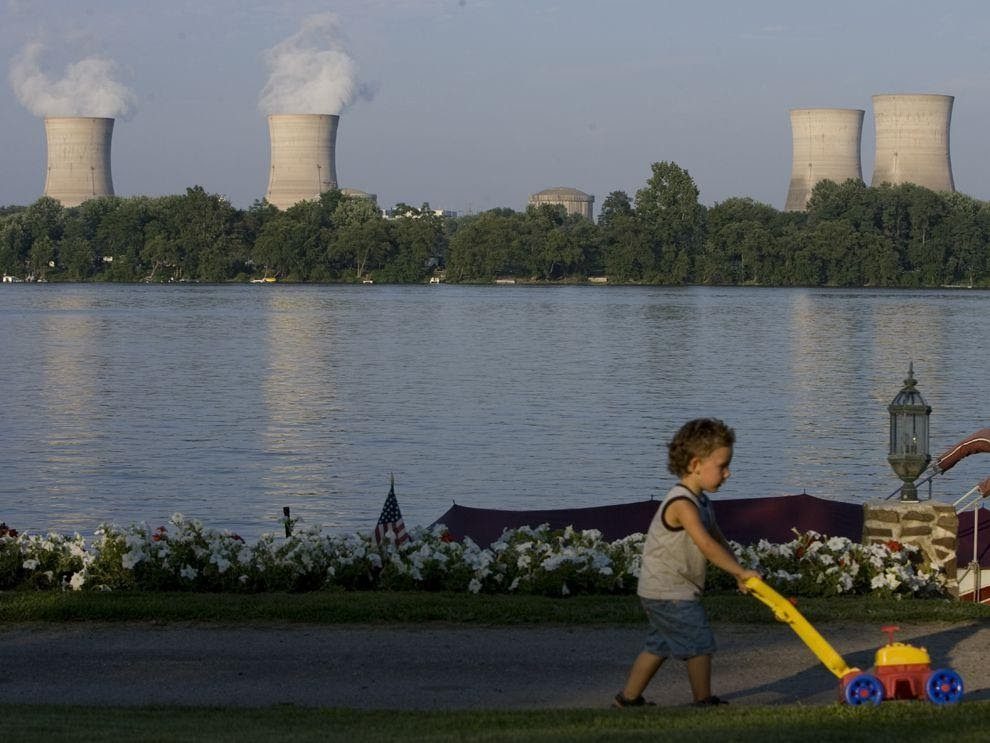Nuclear energy has immense potential as an energy source and can viably replace almost every traditional energy production method.
The hostility towards Nuclear energy has been going on for decades. People around the world are seeing Nuclear power plants as a ticking time bomb that could take millions of lives in an instant.
Almost every energy source has its advantages and disadvantages and Nuclear energy doesn’t differ but what we have to look for is which outweighs the other.
The energy produced through Nuclear energy doesn’t produce any carbon emission, the villainous element of Global warming. This is because Nuclear energy produces energy via nuclear fission rather than chemical burning. The change from the traditional power production such as coal to Nuclear will be a defining decision that will be a step towards decarbonizing.
Nuclear power plants operate at much higher capacity factors than renewable energy sources or fossil fuels. Capacity factor is a measure of what percentage of the time a power plant produces energy.
A study done on Nuclear energy in 2016 shows that in the US, 20 percent of electricity was produced by Nuclear plants had an average capacity factor of 92.3 percent, meaning they operated at full power on 336 out of 365 days per year. The U.S. hydroelectric systems delivered power 38.2 percent of the time (138 days per year), wind turbines 34.5 percent of the time (127 days per year), and solar electricity arrays only 25.1 percent of the time (92 days per year). This shows how efficient is Nuclear energy when compared to other power sources.
This will seem paradoxical but nuclear power indeed releases less radiation into the environment than any other major energy source. Conventional energy sources such as coal release much radiation into the atmosphere. Coal is a mineral of the earth’s crust that contains a substantial volume of the radioactive element’s uranium and thorium. Burning coal gasify its organic materials, concentrating its mineral components into the remaining waste, called fly ash. So much coal is burned in the world and so much fly ash produced that coal is the major source of radioactive releases into the environment.
Does this mean Nuclear power doesn’t have any disadvantages?
There are mainly two concerns that the public has over Nuclear power that pulls them back, both related to radiation: the risk of accidents, and the question of disposal of nuclear waste. There have been three large scale accidents involving nuclear power reactors: Three-Mile Island in Pennsylvania, Chernobyl in Ukraine, and Fukushima in Japan. The combined death causalities from all these accidents are less than 100 when compared to the other major industrial accidents in the world such as Bhopal, in India, where at least 3,800 people died immediately and many thousands more were sickened when 40 tons of methyl isocyanate gas leaked from a pesticide plant; and Henan Province, in China, where at least 26,000 people drowned following the failure of a major hydroelectric dam in a typhoon.
Coming to disposal of nuclear wastes , at present, our technology has advanced in a way that, this waste residues from the Nuclear power plant can be recycled up to 90 percent and be reused for hundreds of years. All of the used fuel ever produced by the commercial nuclear industry in the US since the late 1950s would cover a football field to a depth of less than 10 yards that is very minimal when compared to other conventional sources that produce the above amount in a year.














Add Comment